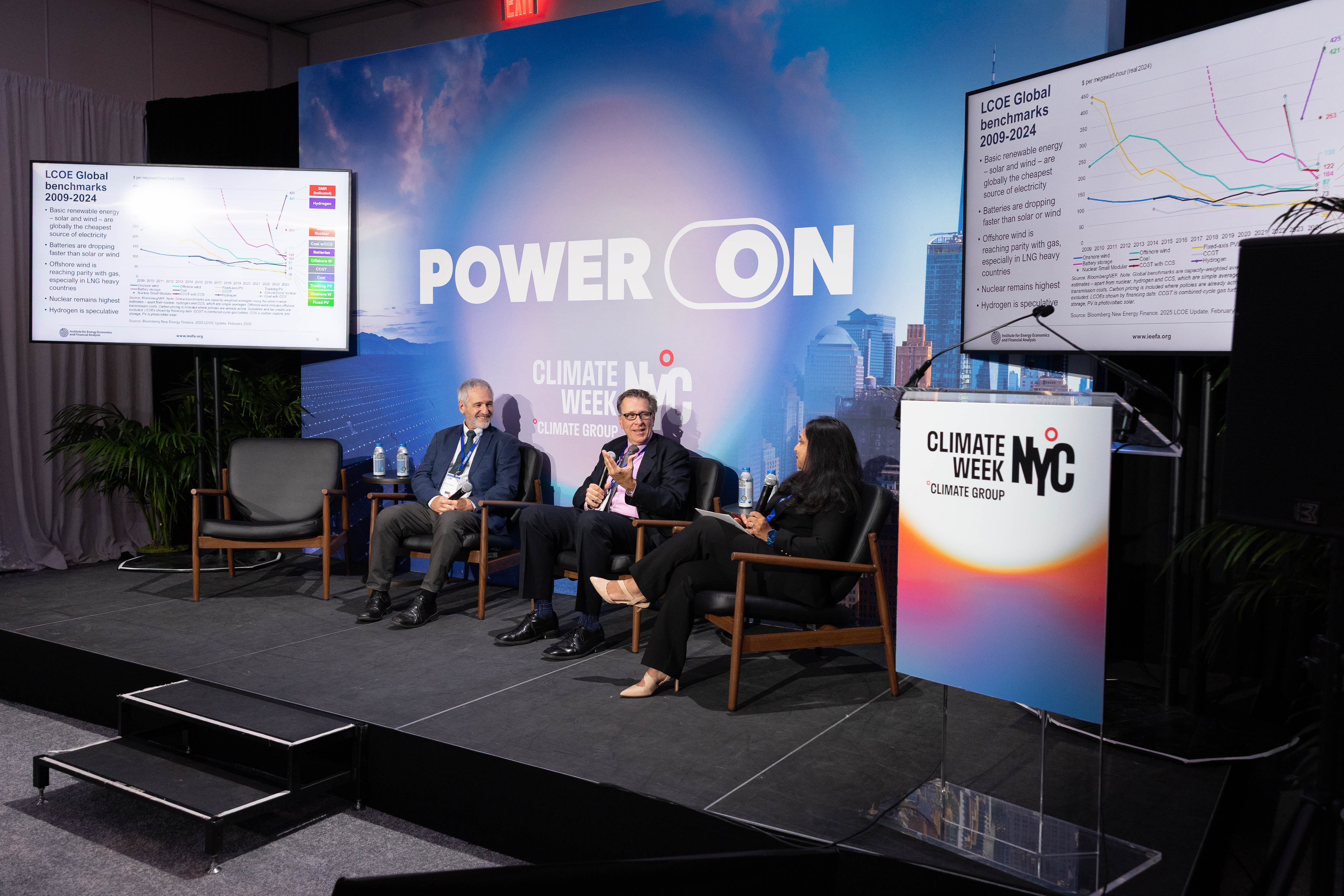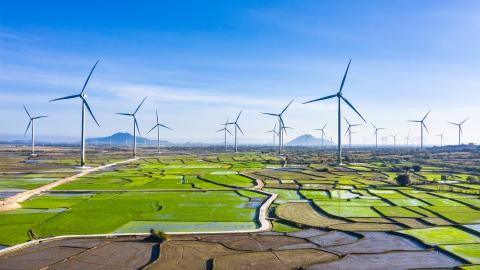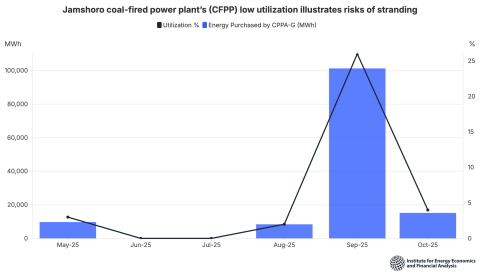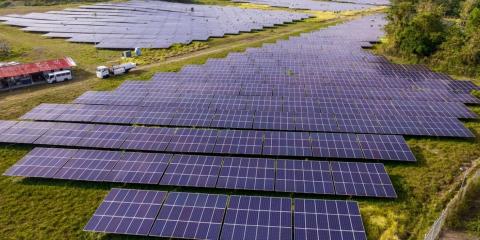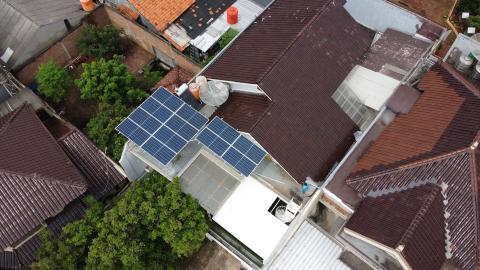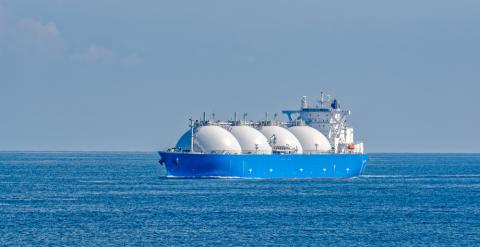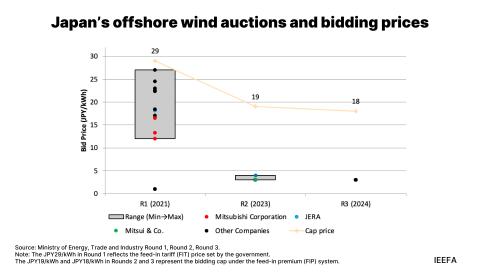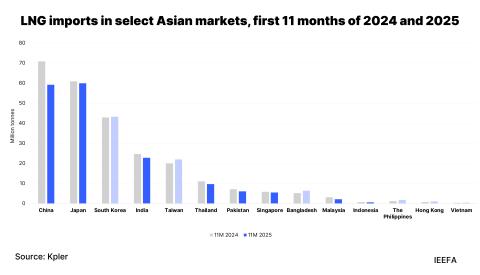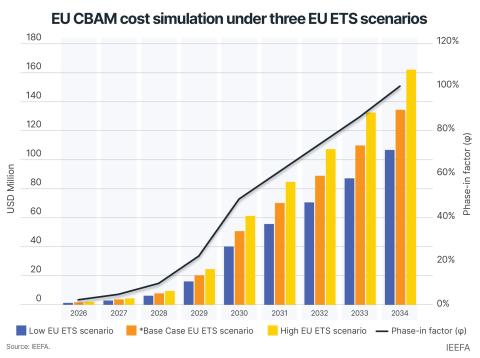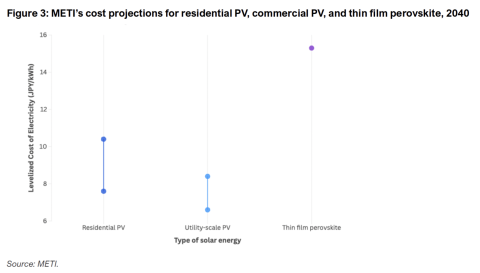Presentation: IEEFA's Grant Hauber at the Climate Week NYC panel "Net zero by 2050 - are we placing the right bets now for a profitable and carbon-free future?"
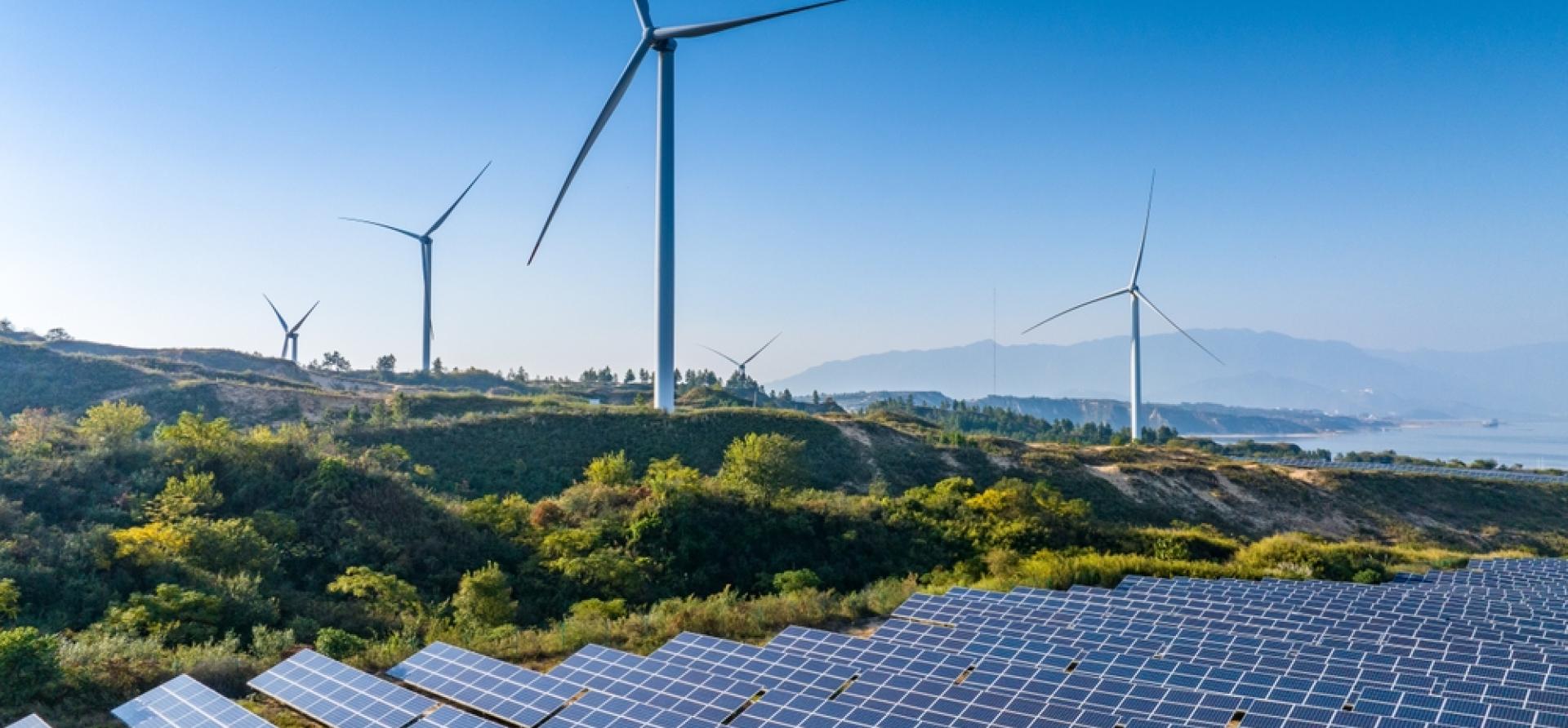
Key Findings
Currently, we are giving equal billing and outsized money allocations to speculative technologies, which are often 10 to 20 years out, while deemphasizing or even putting up barriers to solutions already in hand. However, the International Energy Agency (IEA)'s World Energy Outlook expects the contribution of carbon capture and storage (CCS) to net zero to decrease. Other solutions are far cheaper and more scalable.
Over 80% of the world’s decarbonization solution can be achieved with renewables, efficiency, electrification, and stopping methane leaks.
Over the past 10 years, the costs of onshore wind have dropped 70%, offshore wind has halved, and solar has plummeted by more than 90%. Now we see the important complementary technology of battery storage following an even more aggressive cost reduction trajectory, faster than anyone had predicted. Renewables from sun and wind, backed by storage, can deliver rapid results with more predictable, manageable costs.
How can countries respond to economic-driven and electrification-driven demand growth? At Climate Week NYC, organized by Climate Group, IEEFA's Grant Hauber highlighted that solar, wind, and storage can be added faster than any other energy sources, while betting on technologies from the co-firing of biomass with coal or ammonia with natural gas, small nuclear reactors (SMR), carbon capture and storage (CCS), to hydrogen remains risky.
Hauber was joined on stage by Ramon Mendez Gailan, President of REN-21, and Shameela Soobramoney, CEO of the National Business Initiative (NBI) in South Africa, on the panel "Net zero by 2050 - are we placing the right bets now for a profitable and carbon-free future?".
